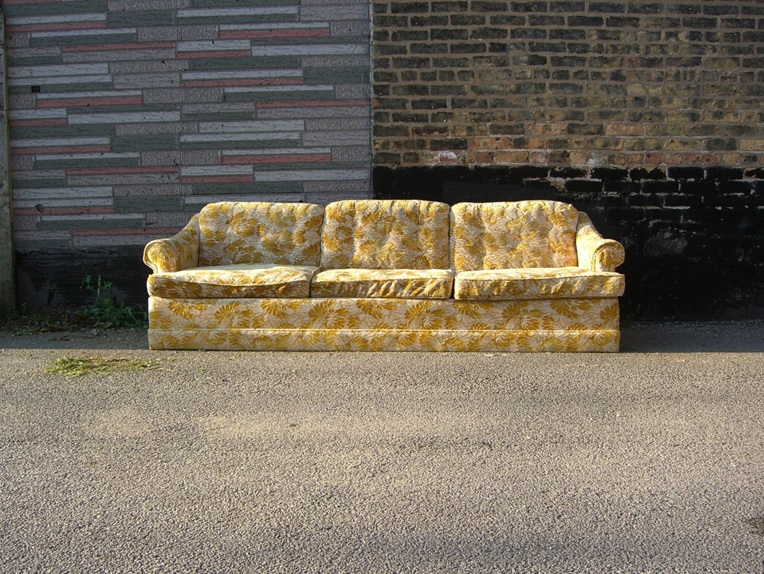Introduction
Everyone needs a home, not just a house but somewhere to call home with all of the confidence in the world; unfortunately, not everyone in the world today can afford the luxury of somewhere to rest for the night, let alone somewhere to call home.
Sad as the above might sound, it is quite true, but in the same vein, several individuals have gotten their dream homes inexpensively, and very conveniently, I must add. And this is made possible by mortgage loans, yes, mortgage home loans.
What are mortgage homes?
Conventionally mortgages are loans used in the acquisition or maintenance of a home, land, or any other type of real estate. In furtherance, a mortgage can also be referred to as that agreement that occurs between a borrower and a mortgage lender (these primarily come in the forms of financial institutions); this agreement is made in a bid to either keep or outrightly buy a home without having to pay all the cash. There are, however, legal terms and conditions that bind this aforestated agreement and an interest rate; that is, the lender eventually ends up paying slightly more than the actual price of the house, and if perchance the borrower defaults on the contract, they could be evicted from the home.
Who gets a mortgage?
Most homeowners got their homes through mortgages, so anyone who cannot afford to pay for a home outrightly but has the money to pay in bits is ideally eligible for a mortgage; however, interestingly, even people who have the means to pay for their desired homes outrightly can also apply for mortgages, just so it helps them free up funds for other needs, you could research better on crefco mortgage.
The basic procedure of getting a mortgage
Get a house and a lender: this is important before a mortgage to know what would be required of you.
Forward your application: submit your mortgage application after getting a lender and finding out all that is needed.
Inspect home: Home inspection is important as it will enable you to ask questions about the home and better know what changes to make.
Follow up with the lender: this would involve you being responsive to your lender if there is a need for more documents.
Get insurance from the homeowner: this is essential to close the deal with your lender.
Agree on interest rate: Decide the interest rate you would like to make a payment. Avoid taking other loans.
Make equity payment and review documents: this would involve you making part payment as agreed with the lender while ensuring that documents are complete and accurate.
Close on your home: verify all documents, and ask crucial questions for clarification before signing any documents. Unlock the door to your new home.
Conclusion
Before towing the mortgage lines, you might want to ensure that you have a relatively stable source of income and an alternative plan for rainy days. And also, ensure not to bite more than you can chew as you should try to leave the mortgage home you are getting within your financial reach.








